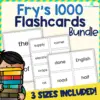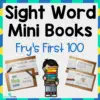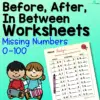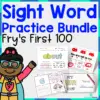Following directions can be a challenging task for preschoolers, and it can be frustrating for parents and teachers to constantly repeat themselves.
But don’t worry, these 10 simple and fun activities help your little ones master the skill of listening and following directions. So get ready to have some fun while teaching your preschoolers an essential life skill!
Great Following Directions Activities for Preschoolers

Let’s kick off our list of following directions activities with a classic game that’s sure to get your preschoolers excited: Red Light Green Light! Not only is it a blast to play, but it’s also an excellent way to teach little ones about following directions.
Here’s how to play: gather your preschoolers and have them line up. Then, explain that when you say “green light,” they can move forward, and when you say “red light,” they must freeze in their tracks. It’s a simple game that will help improve their listening skills and ability to follow instructions, all while having a ton of fun! And trust us, there’s nothing quite like watching a group of preschoolers freeze in hilarious poses when you say “red light”!
Red Light Green Light is a great way to burn off some energy and get your little ones moving while learning an important skill.
Empoweredparents.co provides more information about this resource, so be sure to check it out.
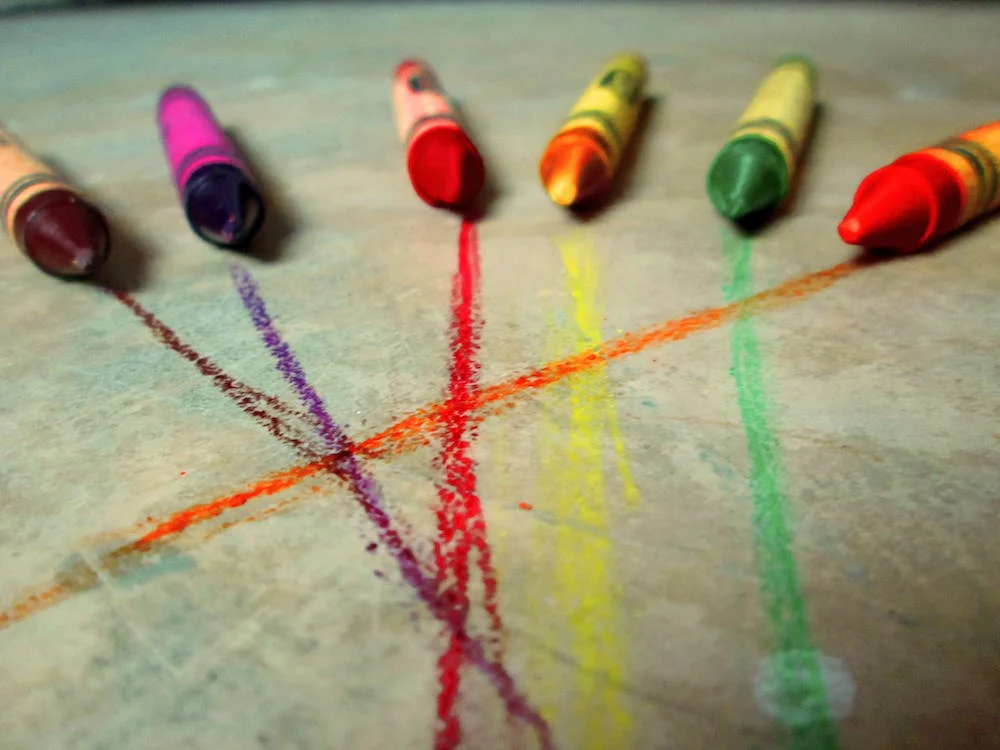
Let’s switch things up and get your preschoolers’ brains working with an activity that’s both challenging and fun. All you need are some colorful crayons and a surface to line them up on.
To start, ask your little ones to rearrange the crayons according to your directions. For one-step commands, keep it simple with instructions like “move the blue crayon” or “touch the red crayon.” You can also ask them to create shapes with the crayons, like “make a triangle using the crayons.”
Once your preschoolers are comfortable with one-step directions, kick it up a notch with two-step commands, such as “Move the green crayon to the front” or “Put the yellow crayon in second place.”
As they become more confident, you can increase the complexity of the directions with phrases like “switch the last and first crayon” or “move the green crayon to third place and the red crayon to the back.”
Ordering Objects is an entertaining way to help your little ones enhance their listening and direction-following skills.
Don’t miss out on valuable information about this resource that can be found on home-speech-home.com.
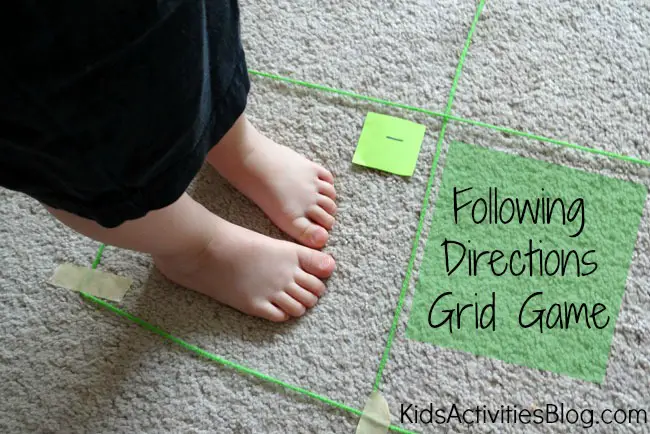
This next activity will have your little ones navigating through a floor grid using fun directional commands! All you need is some:
- Yarn or thick string
- Masking tape or painter’s tape
- Sticky notes
- Marker
Make a numbered grid on your floor using yarn and tape, and then use sticky notes to create a path through the grid.
Start the game by having your child stand at square one and guiding them through the path using commands like “take 3 steps forward” or “take 4 steps right and 1 step backward.” Make sure your child faces the same direction as the numbers and take side steps to move left or right.
This activity is an excellent way to teach your preschoolers about directions and help them develop their listening and following directions skills. So, let’s get started on this exciting adventure with the floor grid game!
To fully comprehend this resource, visit kidsactivitiesblog.com for more details.
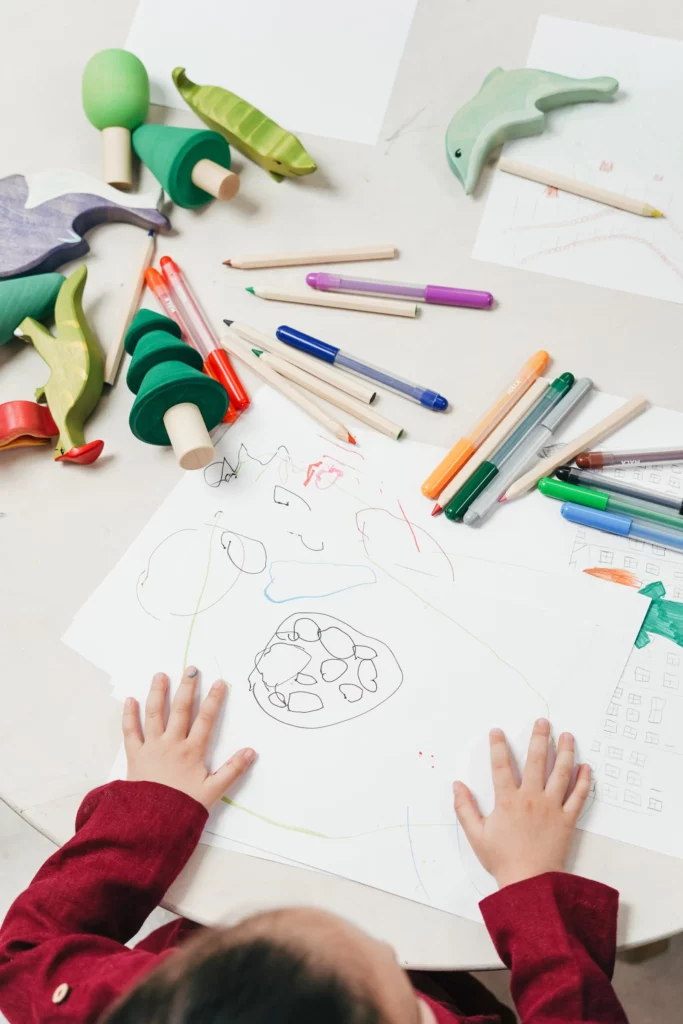
Now, let’s explore the exciting world of drawing with our preschoolers! This engaging activity is perfect for encouraging creativity and self-expression while also helping children practice their following direction skills.
To start, gather your materials including:
- Paper
- Pencils
- Eraser
The teacher should then select a simple object to draw on the whiteboard or paper. It can be anything from a flower to a favorite animal or even a silly cartoon character.
Instead of just coloring the object, have the students draw it step-by-step while following the teacher’s instructions. This allows them to practice their fine motor skills and develop their hand-eye coordination. For example, the teacher could start by drawing a circle and asking the students to do the same.
Encourage students to use their imagination and add their personal touch to their drawings. This activity also helps them develop their listening and comprehension skills as they follow along with the teacher’s instructions.
If you’re seeking more information about this resource, numberdyslexia.com is a great resource to consult.

Let’s get moving with some action-packed songs! This activity is perfect for preschoolers who love to dance and sing. Moving songs are a great way to teach following directions while also promoting physical activity.
To get started, select some fun and catchy songs that involve actions such as jumping, clapping, and stomping. You can find many great options online or make up your own.
Once you have your songs selected, have the children follow along with the actions as you sing. Encourage them to move their bodies and get into the groove.
To add an extra layer of challenge, try adding in some directional cues such as “jump to the left” or “stomp your feet three times.” This will help the children develop their listening skills and ability to follow multi-step instructions.
Not only is this activity a blast, but it also helps to promote gross motor skills, coordination, and listening comprehension.
Growinglittlebrains.com offers further insight into this resource, so be sure to visit the website for more information.

Let’s talk about the Visual Directions activity! This fun and practical exercise involves creating cards that represent each step of a child’s daily routine, like getting ready for bed or getting dressed in the morning.
Simply print out pictures of a bathtub, toothbrush, pajamas, bed, book, and sleeping child and attach them to numbered index cards. Your child can then easily follow the routine by grabbing the stack of cards and completing each task in order.
This activity not only helps children understand and follow instructions more easily, but it also promotes independence and confidence in daily activities. It’s a great option for nonverbal children or those who may struggle with understanding verbal directions. Plus, it’s adaptable to any routine or situation, making it a versatile tool for parents and caregivers.
So why not try making your own visual directions cards and see how they can help streamline your child’s routine?
If you want to learn more about this resource, don’t forget to visit learnwithhomer.com
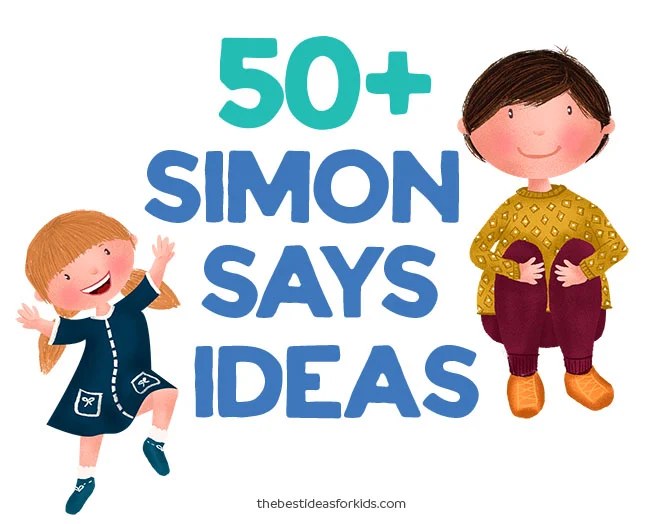
Simon Says is a classic game that kids of all ages love. The game is simple: one player (usually an adult or teacher) is “Simon,” and the other players follow Simon’s instructions. But there’s a catch – players must only do what Simon says if he starts the instruction with “Simon says.” If Simon instructs without saying “Simon says,” and players follow it, they’re out.
Simon can give any kind of instruction, like “Simon says touch your toes” or “Simon says spin in a circle.” The game can be played with any number of players, and it’s a great way to get kids moving and listening carefully.
This game is not only fun, but it also helps children develop listening and following instructions skills. It encourages kids to pay attention and think critically about what Simon is saying. Also, it helps to use up energy and stay active.
Thebestideasforkids.com is the place to go if you need more information about this resource.
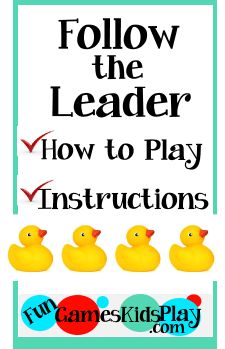
Let’s move on to the next activity: Follow the Leader. It’s a fun game for kids of all ages, from preschoolers to kindergarten age. You don’t need any equipment, just kids and their imaginations.
The objective of the game is to follow everything the leader does, who can make it as easy or difficult as they like. There’s no winner or loser, just kids taking turns leading and following.
Start the game by picking someone to be the leader and then have everyone else stand behind them in a line. Then, the leader can take the group in any direction they want and make up silly actions for everyone to follow, such as skipping, spinning, crab-walking, or doing somersaults.
If a player messes up or refuses to follow the leader’s instructions, they’re out, and the last one standing becomes the new leader. Follow the Leader is a great game for promoting teamwork, imagination, and physical activity in kids.!
To get additional details about this resource, make sure to browse fungameskidsplay.com.
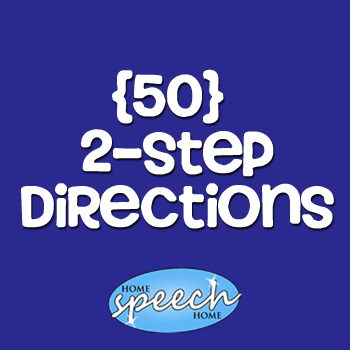
The upcoming activity on the list is practicing 2-step directions. This activity is perfect for improving a child’s listening and cognitive skills. To begin, start with simple tasks such as “Go to your room and grab your book.” Once the child has grasped this skill, increase the difficulty of the tasks to include more complex directions.
For example, try “go to the kitchen, grab a cup, and fill it with water.” This exercise will challenge the child to remember and follow two or more instructions simultaneously.
It’s important to make sure the child understands the directions before beginning the task. Give clear and concise instructions and allow the child to ask questions if they are unsure.
By practicing 2-step directions, children will learn to process information, improve their memory, and develop their listening skills. This is a great activity for parents, teachers, or caregivers to use as part of a child’s learning and development.
For a deeper understanding of this resource, take a look at home-speech-home.com.
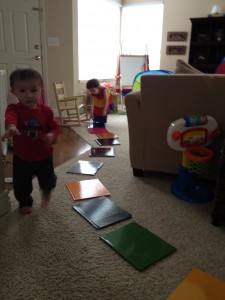
Let’s finish off with a fun activity: creating an indoor obstacle course! This can be a great way to get your children active and having fun, even on rainy days.
All you need is a few household items, such as pillows, blankets, chairs, and hula hoops, to create a challenging course. You can even turn it into a fun project by having your child draw up blueprints for the course!
The obstacles can be tailored to your child’s age and skill level, and you can get as creative as you want. Maybe have them crawl under tables, jump over pillows, and climb over chairs.
The possibilities are endless and can provide a fun physical challenge for your child. So gather up your materials, get creative, and have fun creating your very own indoor obstacle course!
For more information about this resource, be sure to check out playingwithwords365.com.
Conclusion
Following directions is a crucial skill for preschoolers to develop, and it can be done through fun and engaging activities.
These 10 activities are just a few examples of how you can incorporate direction-following into your child’s playtime. Remember to keep it age-appropriate, simple, and fun!


